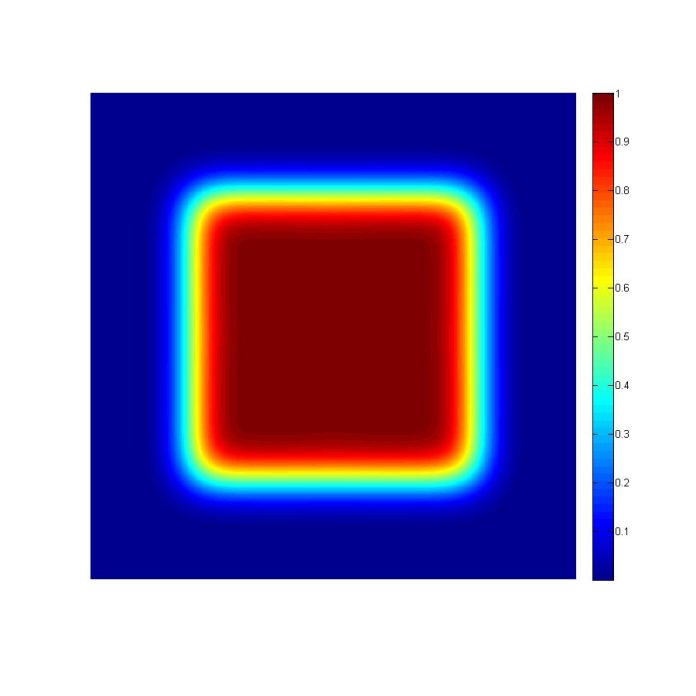Diffusers have a significant role in optics, when one needs to scatter incident light beams in a controlled manner. An engineered diffuser is a special kind of diffuser designed to precisely control the output beam’s divergence properties. If you consider any regular diffuser you might find in some windows or photography applications, these diffusers exhibit a mostly random distribution of light and lack precise control over radiance uniformity and divergence. On the other hand, an engineered diffuser offers significant control over the uniformity level and divergence angles. More importantly, one can customize or tune an engineered diffuser to meet the requirements of a particular application.
Types of Engineered Diffusers
Engineered diffusers are mainly of two types, such as broadband diffusers and diffractive diffusers.
Broadband Diffusers
When it comes to scattering a light beam over a wide range of wavelengths and frequencies, broadband diffusers are effective. A broadband diffuser is constructed on the basis of a micro-lens array, the behavior of which you can describe through simple geometrical optics. However, broadband diffusers are different from traditional micro-lens arrays, since in them every individual lenslet’s curvature or sag differs from each other. In broadband diffusers,one can pick the dimensions and arrangement of the lenses. Due to this liberty, it is possible to have a more precise control over the output beam’s properties. As we can derive the output beam from the input beam by only using ray optics calculations, it minimizes the chromatic errors, resulting in excellent performance over a wide spectral range. This is why this diffuser is known as a broadband diffuser.
Diffractive Diffusers
Despite the fact that a broadband diffuser is effective in generating an output beam with well-defined edges, diffractive diffusers become essential when working with a monochromatic input light beam and striving to produce an output beam with steep or sharp edges. In contrast to broadband diffusers, these kinds of engineered diffusers are effective in exploiting the input light beam’s wave properties by using the principle of diffraction. Diffractive diffusers diffract the input beams, instead of clipping by micro-lens apertures. Therefore, unlike broadband diffusers where the divergence of the edges is larger, in the case of diffractive diffusers, the divergence of the shaped edges remains the same as the incident light beam. Along with this, a diffractive diffuser also offers the output radiance with absolute angular accuracy, as during the production process, the tolerance does not affect the angles.
Applications
Both broadband and diffractive diffusers are useful for various high-power laser applications. As high-power laser beams are generally multi-mode laser beams, both these engineered diffusers are effective in working with multi-mode laser beams. For instance, engineered diffusers are useful for aesthetic treatments where a high-power laser is focused onto the patient’s skin. An engineered diffuser is also useful for generating a uniform irradiance. Whereas some major applications of broadband diffusers are photography and lighting, spectroscopy, display, etc., diffractive diffusers have crucial applications in laser beam shaping, 3D sensing and imaging, projection systems, and optical communication.

